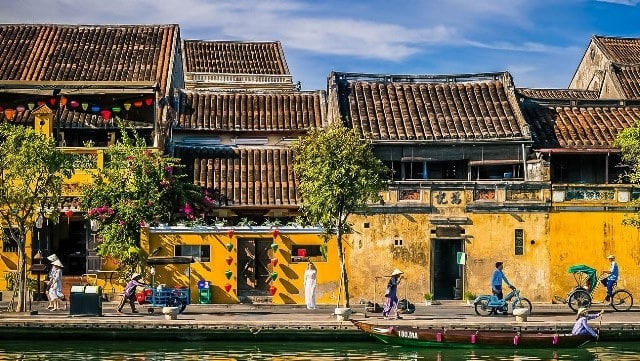
Hoi An is a city in Quang Nam province with many old quarters built in the 16th century that still exist almost intact today. In ancient Western documents, Hoi An was called Faifo.
Located near the mouth of the Thu Bon River, Hoi An Ancient Town comprises timber frame buildings, which include architectural monuments, an open market, and a ferry quay. Its architecture reflects a blend of indigenous and foreign influences from Chinese, Japanese, and European cultures. It is an example of a Southeast Asian trading port dating from the 15th to the 19th centuries.
Introduce Hoi An
As the only traditional Southeast Asian port town in Vietnam, rare in the world, Hoi An retains almost intact more than a thousand architectural relics such as streets, houses, assembly halls, communal houses, pagodas, temples, clan churches, ancient wells, ancient tombs, etc. Tourists will have the opportunity to admire the architecture that not only has traditional Vietnamese artistic nuances but also represents cultural exchange and integration with Western countries. East and West.
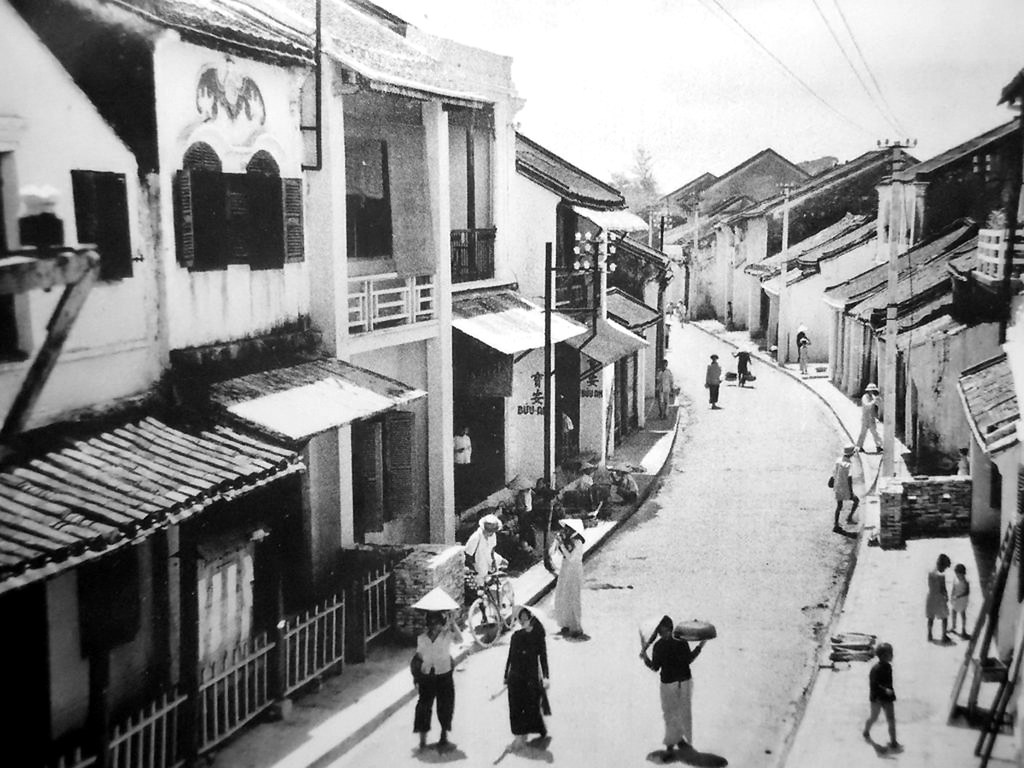
Most of the houses here have traditional architecture dating from the 17th to 19th centuries and are located along narrow streets. The religious and belief architectural works here demonstrate the process of formation, development, and even decline of the city.
Hoi An is also a land marked by cultural mixing and interference. Assembly halls and temples bearing traces of the Chinese people are located next to traditional Vietnamese townhouses and houses with French architectural styles. Besides cultural values through architectural works, Hoi An also preserves a rich and diverse intangible culture. The daily life of old town residents with customs, religious activities, folk arts, and cultural festivals is still being preserved and developed. Hoi An is considered a living museum of architecture and urban lifestyle.
In addition to cultural values through diverse architecture, Hoi An also preserves many intangible cultural activities with cultural festivals being preserved and promoted along with traditional craft villages and delicious dishes. Cuisine… makes Hoi An increasingly attractive destination for tourists from all over.
The architecture of Hoi An
Hoi An is famous for its traditional, harmonious architectural beauty of ancient houses, walls, and roads. Although hundreds of years have passed through many events, this place still retains its ancient beauty, quiet and mossy on every tiled roof, row of trees… The house style here has a cool tubular architecture, filled with sunlight. The streets are arranged horizontally and vertically in a checkerboard style with short, winding streets embracing beautiful-looking small houses.
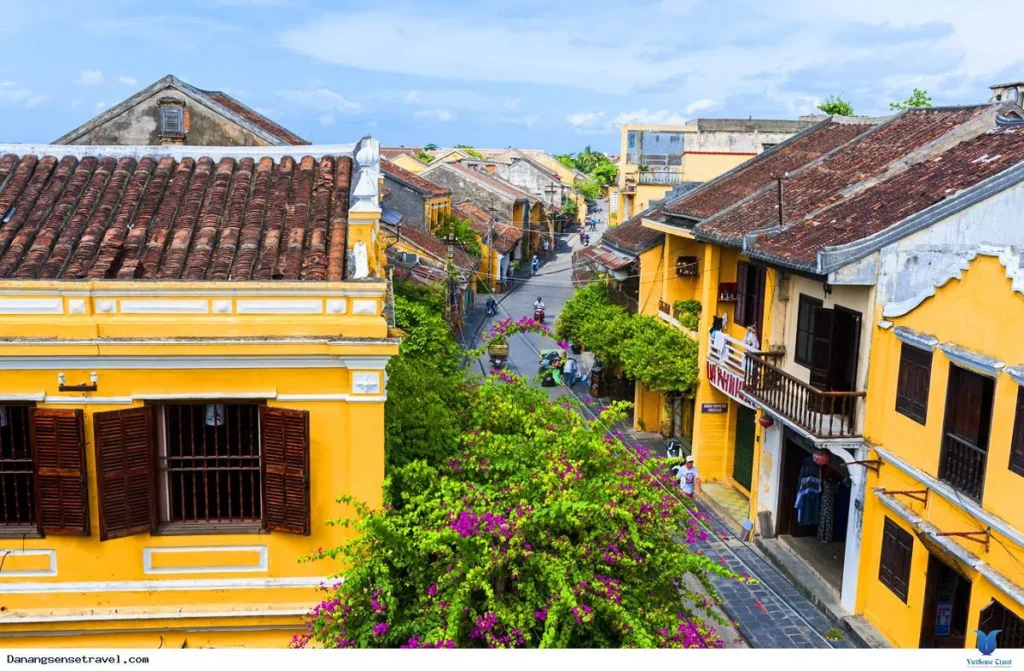
Walking around each small and peaceful street, visitors will definitely feel like returning to the space of hundreds of years ago, it brings comfort and gentleness.
The cuisine of Hoi An
In the 17th – 18th centuries, Hoi An was an extremely busy international trading port. This place is a trading and trading place for Vietnamese, Chinese, Japanese, and Western countries.
Therefore, Hoi An culinary culture is very rich, and diverse and has characteristics of many regions around the world. Visitors will enjoy many unique and strange delicacies of this place.
Cao Lau
This is a famous dish that you should try when coming to Hoi An. Cao Lau is eaten with char siu meat, char siu sauce, pork rinds, bean sprouts, and raw vegetables. In particular, Cao Lau fibers are made from super delicious rice from Quang Nam.
Address: No. 687 Hai Ba Trung Street, Hoi An
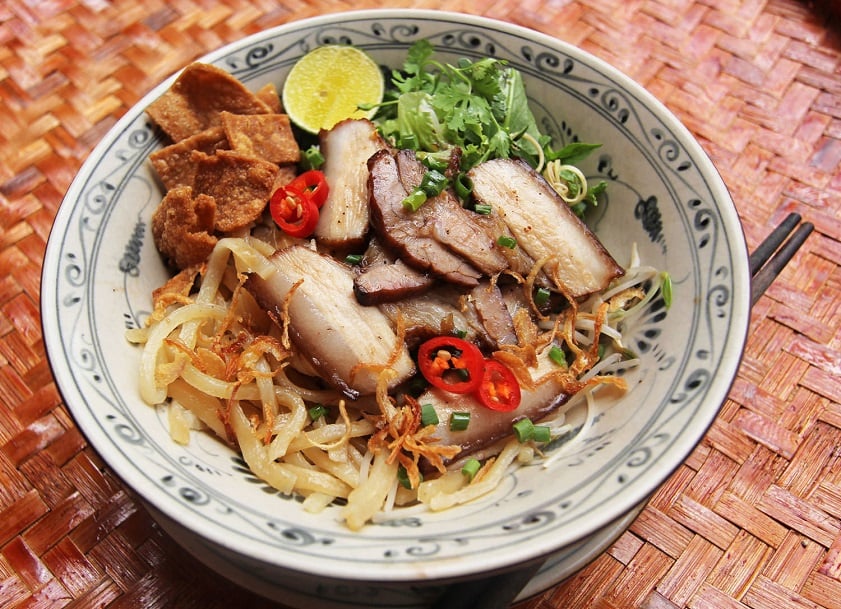
Com ga pho Hoi
Hoi An chicken rice originates from Tam Ky – a land famous for super delicious chicken in Quang Nam. Chicken rice is cooked from fragrant sticky rice grown by the Thu Bon River and is a must-try delicious dish when coming to Hoi An.
Address: No. 22 Phan Chu Trinh Street, Hoi An
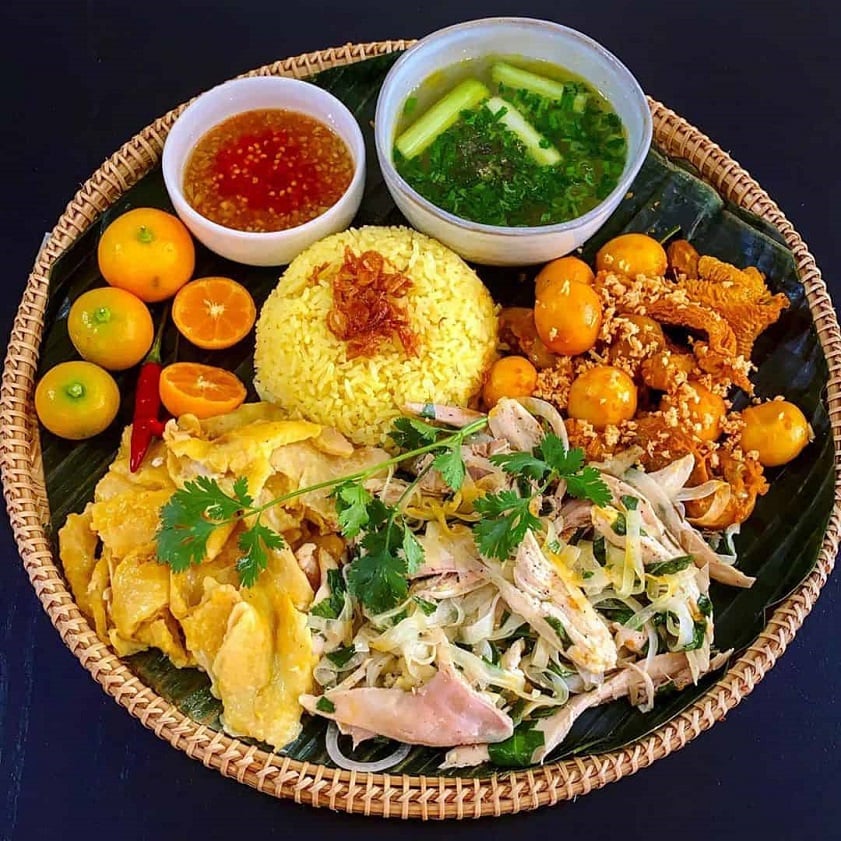
Banh mi Hoi An
Hoi An bread is the most attractive street food in Hoi An. A super delicious sauce prepared according to a family recipe with rich filling, crispy and delicious crust.
Address: No. 420 Cua Dai Street, Hoi An

The traditional festival of Hoi An
Because it was once a busy commercial port and a place of exchange and trade with many different countries, Hoi An culture was also influenced by these countries. That has created different festivals, beliefs, and customs, a highlight in the picture of Hoi An. In addition to the indigenous customs and traditions of the Vietnamese people, there are also the customs and traditions of the foreign resident community.

Top destinations to visit
Chua Cau
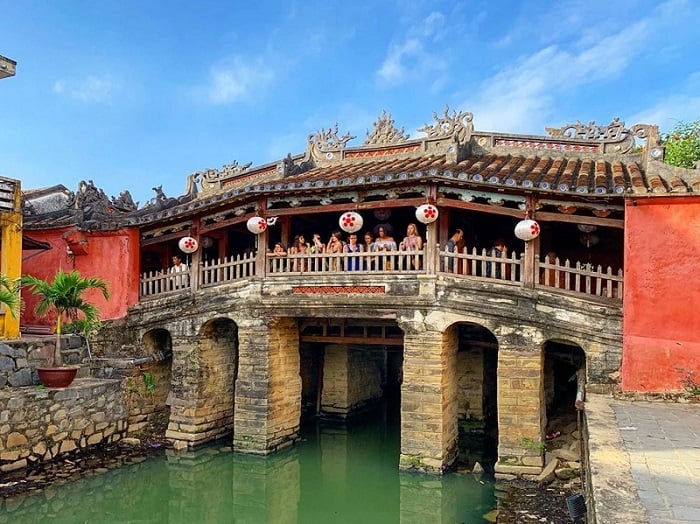
Chua Cau, also known as the Japanese Covered Bridge, is a unique and typical architectural work here. Chua Cau is a bridge built by the Japanese 400 years ago. Although it is only an 18m-long wooden bridge bending over a canal flowing into the Hoai River, with its unique architecture resembling a pagoda, Chua Cau has become a unique structure and a Japanese cultural heritage. only in Vietnam. Due to the impact of natural disasters and epidemics, the pagoda has undergone many restorations, gradually losing Japanese architectural details. Instead, it has Vietnamese-Chinese architectural features.
Tan Ky Ancient House
Tan Ky ancient house is honored to become a national heritage. This used to be the place to welcome national governors and politicians domestic and abroad. This ancient house combines Vietnamese, Japanese and Chinese architectural styles with a typical tubular shape, including 2 overlapping horizontal bars and 5 vertical bars.
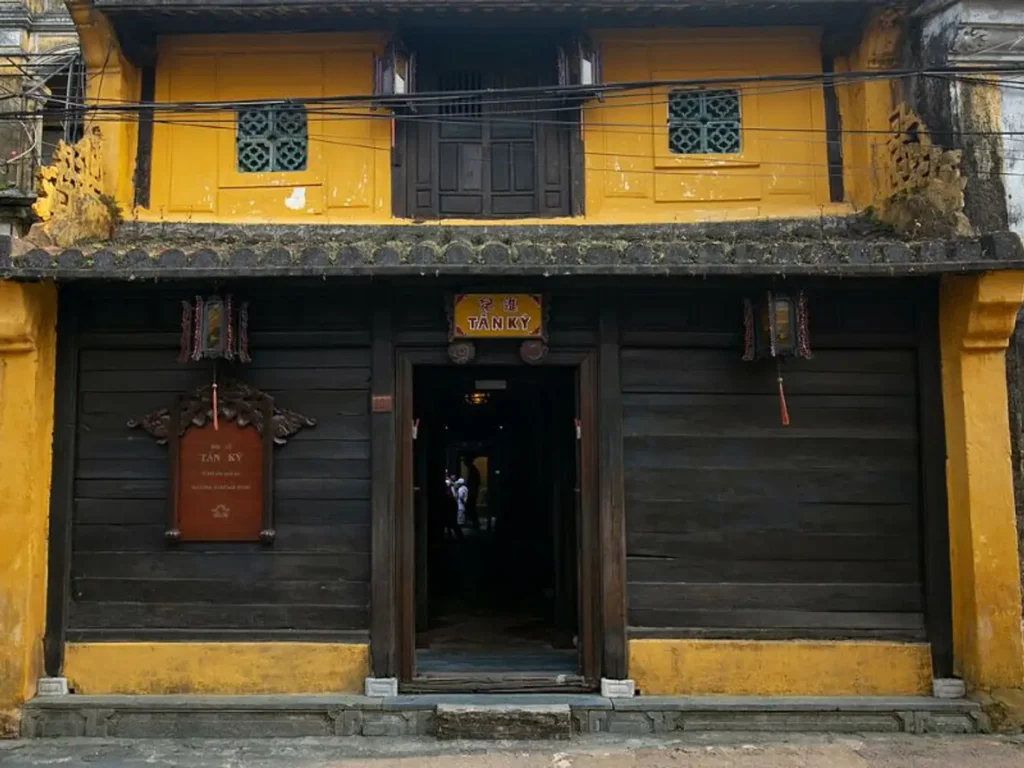
The house dates back more than 150 years. Over the years, it has been preserved in its original form in terms of lighting, architecture, and interior decoration. When visiting, you will partly understand the lifestyle of generations of owners and people of the merchant class at Hoi An commercial port.
Conclusion
Hoi An Ancient Town has been recognized as a UNESCO World Heritage Site since 1999. Hoi An ancient town always has its own beauty in every corner, every roof, and on the small streets. Coming here, visitors can feel the warmth in each dish from the friendly and close smiles of the people. Even the plants and space here are attractive to tourists.
Get an opportunity to visit World Heritage Sites in Vietnam through Vietnam E-Visa!